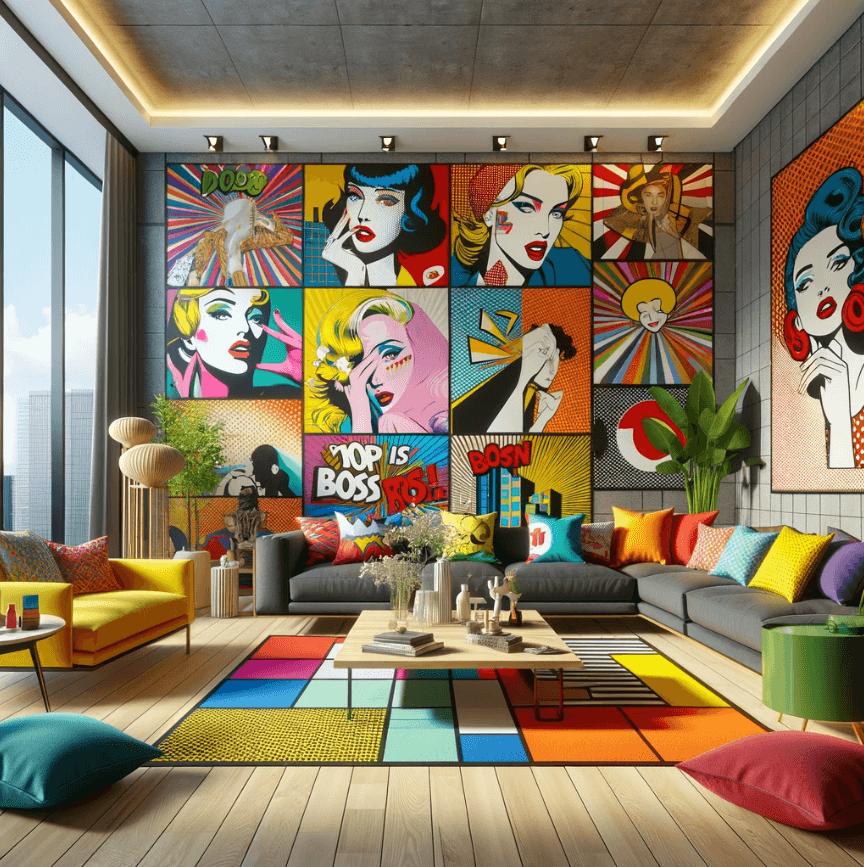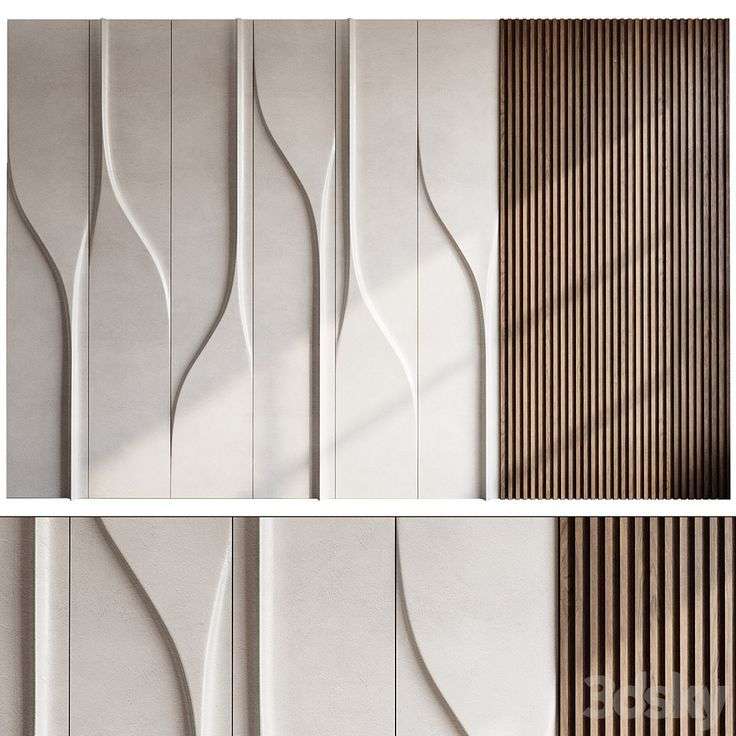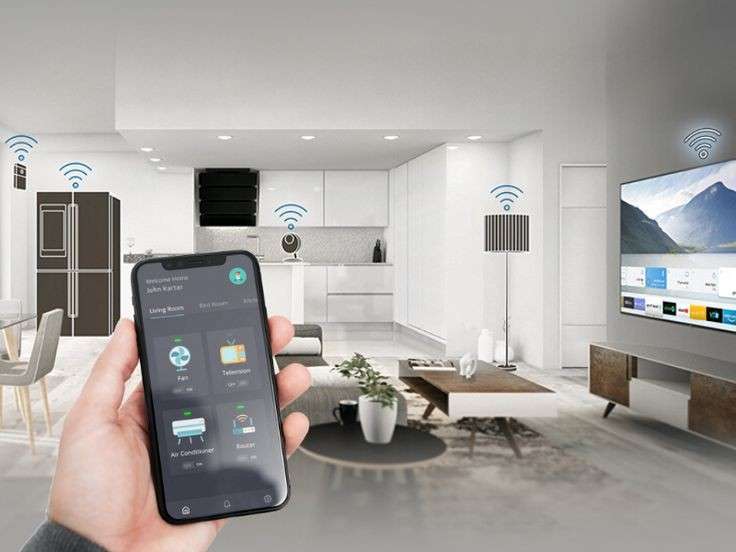Interior design doesn’t exist in a vacuum. It evolves constantly, shaped by the world around us — and few forces are as influential as pop culture. From iconic films and binge-worthy TV shows to music videos, celebrity lifestyles, and viral social media aesthetics, pop culture often sets the stage for what we want our homes to look and feel like. As trends shift in entertainment, fashion, and digital media, they inevitably find their way into our living spaces, influencing everything from color palettes and furniture styles to art choices and room layouts.

Movies and TV Shows as Design Catalysts
Popular films and television shows have long served as blueprints for interior inspiration. Think about the dramatic opulence of The Great Gatsby, the modern minimalism of Ex Machina, or the retro charm of Stranger Things. These visuals are powerful. They plant ideas in our minds about how spaces should feel — nostalgic, futuristic, cozy, or bold. After the success of series like Mad Men, mid-century modern furniture surged in popularity. Similarly, shows like Bridgerton sparked a revival in romantic, Victorian-inspired decor filled with ornate mirrors, pastel tones, and antique details.
Celebrity Culture and Designer Homes
Celebrities often set the tone for design trends through magazine features, social media posts, or even their own product lines. When A-list stars share glimpses of their homes — minimalist mansions, eclectic lofts, or bohemian retreats — fans and followers are quick to adapt similar styles. Platforms like Architectural Digest’s “Open Door” series allow viewers to tour celebrity spaces, which directly impacts what homeowners and designers seek to emulate. The blend of luxury, personality, and innovation seen in these homes encourages the mass market to aspire to similar aesthetics, even on a smaller scale.
Fashion’s Direct Line to Interiors
There’s a close relationship between fashion and interiors. What dominates runways often trickles into home design — bold colors, textures, or patterns. If fashion leans toward natural tones and soft fabrics, interior trends follow suit with earthy palettes and organic materials. The glam of high fashion often influences metallic finishes, statement lighting, and designer furniture. Interior design becomes a parallel runway, dressing spaces in the same way fashion dresses bodies.
Music and Subcultural Influence
Music genres carry entire aesthetic worlds with them. The grunge scene of the ’90s brought raw, industrial vibes into urban homes. Hip-hop culture influenced luxe interiors with bold patterns, gold accents, and high-end designer furniture. Indie and folk music’s earthy tones and handmade ethos inspired rustic, cozy spaces. Even K-pop has left its mark, promoting playful pastel palettes, LED lighting, and high-contrast minimalism that resonates with Gen Z.
Social Media and the Rise of Micro-Trends
Social platforms like Instagram, Pinterest, and TikTok have accelerated trend cycles. Viral aesthetics like “cottagecore,” “dark academia,” or “Y2K revival” have created entire design blueprints for bedrooms, offices, and apartments. With influencers and creators showing off their uniquely styled spaces, followers are constantly introduced to new ways of mixing color, textures, and decor elements. These digital trendsetters shape what’s “in” with lightning speed, allowing even niche aesthetics to gain widespread popularity.
Gaming and Digital Worlds
As gaming culture becomes more mainstream, it too influences interior design. Games like The Sims, Animal Crossing, or Cyberpunk 2077 offer virtual environments that spark real-life inspiration. Gamers recreate their dream setups in the physical world — RGB lighting, ultra-modern furniture, and immersive, theme-driven room layouts. Digital escapism translates into physical expression.
The Power of Nostalgia
Pop culture doesn’t just shape what’s new — it revives what’s old. Nostalgic design, fueled by reboots and retro trends, has made a strong comeback. From vinyl record players and lava lamps to velvet sofas and terrazzo floors, the resurgence of 70s, 80s, and 90s styles proves that past decades are far from forgotten. As retro culture is celebrated in film, fashion, and music, it inevitably finds its way into our homes.



